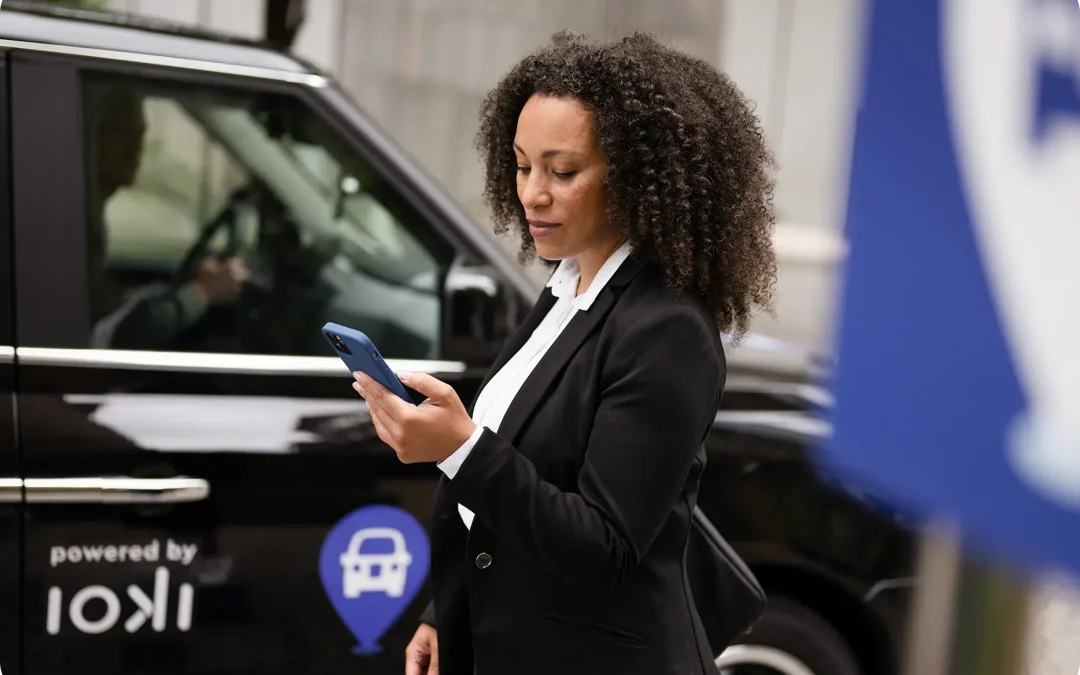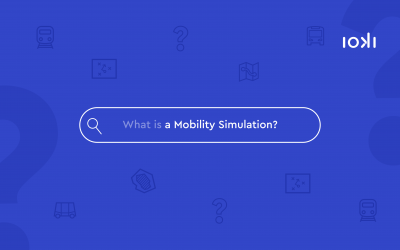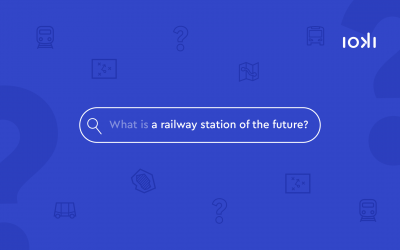Sustainability journey in full swing
Why we need to improve, especially in mobility matters, is obvious. The use of motorised private transport is causing noise and air pollution. The advantages of public transport are also clear. More people in a vehicle and fewer sealed surfaces mean lower emissions of pollutants. As Dr. Richard Lutz, Chairman of the DB Management Board, has already correctly stated, Germany and Europe can only achieve their climate targets with a green, strong rail system. But what exactly is DB doing to leave our planet worth living on for the next generation?
The DB sustainability journey is already in full swing. By the end of 2020, for example, more than 95 percent of the raw materials used will be recycled. However, this is not the only goal that is within reach. Rail traffic noise is to be halved by the end of the year to protect our ecosystem and the people who live nearby the railways. Investments will be made in noise protection and in innovative measures for a quieter railway. Another milestone in is in 2030, when CO2 emissions are to be halved within ten years. By 2050, DB will be completely CO2-neutral. The electricity used by DB is also to be obtained entirely from ecologically sustainable sources by 2038.
Green in the DNA
However, optimizing the core business in terms of sustainability is not the only contribution DB makes. The Company also assumes responsibility beyond this. There is now a total of 157 extraordinary projects that are supported and promoted by Deutsche Bahn. These include the track gold project. Here, beekeepers are provided with disused railway lines to enable them to settle bee colonies. And this is just one of many examples of DB’s commitment to greater sustainability. Nesting sites for endangered bird species are being prepared on factory and compensation areas. In addition, more and more bicycle parking spaces are being built, environmental training courses are held regularly, products from DB catering are not thrown away but donated, old office furniture is given a new lease of life through an upcycling process instead of buying new furniture…
The list of green measures at Deutsche Bahn is long and clearly shows: Green is more than just an attitude at DB. Green is part of the DNA. All these approaches contribute to the sustainable development of the mobility turnaround in Germany and Europe.



